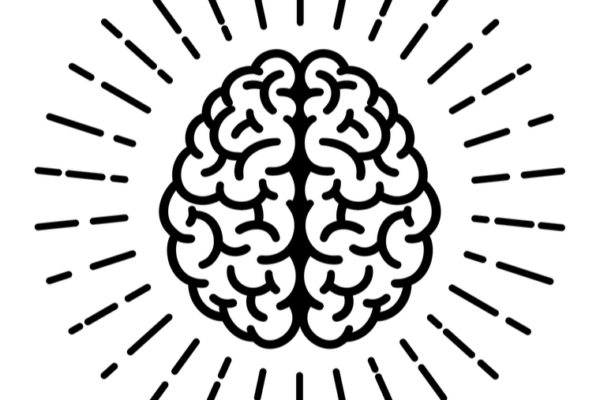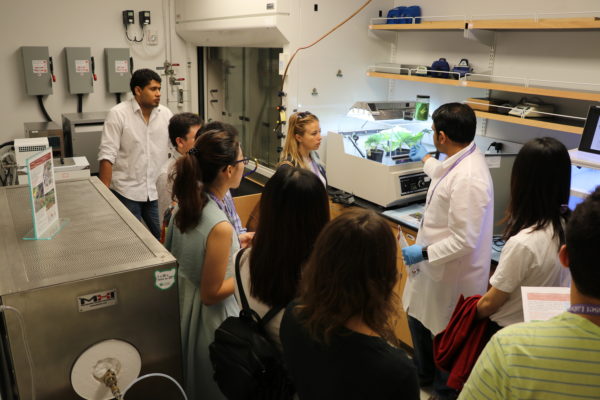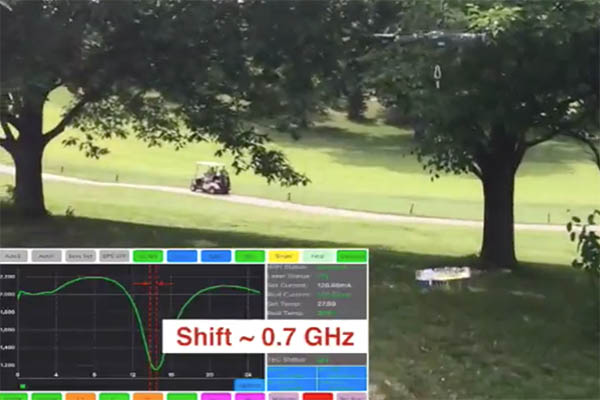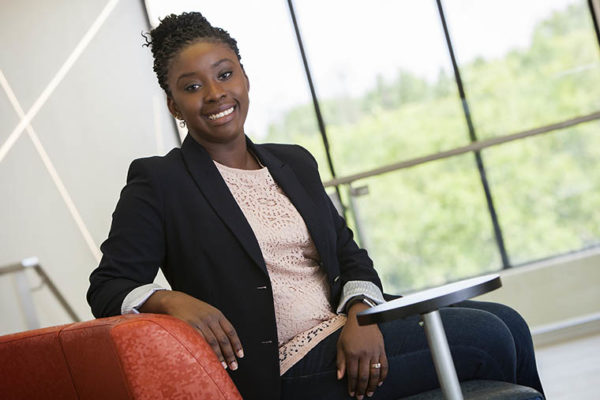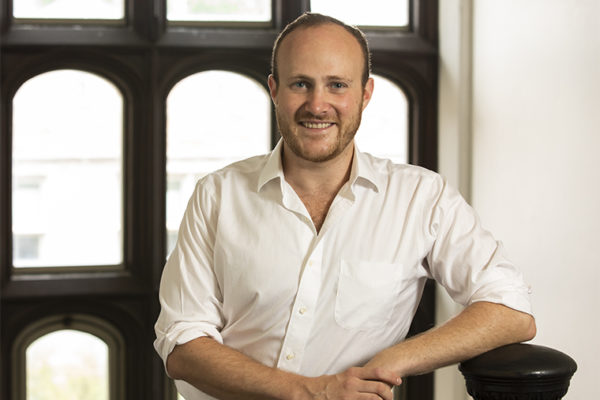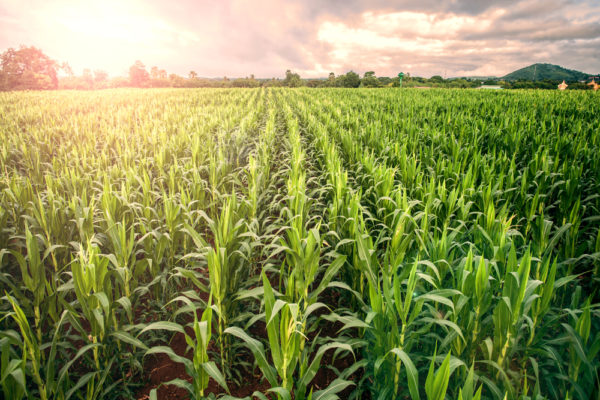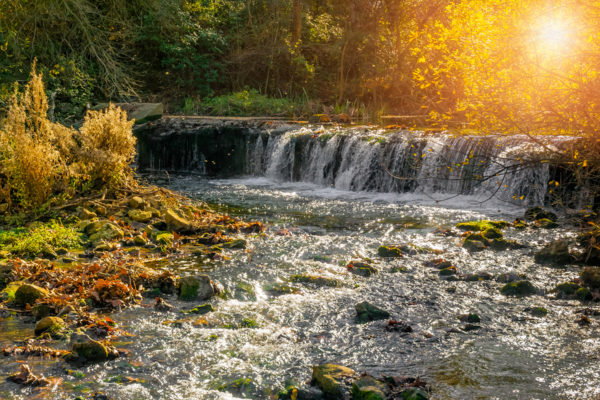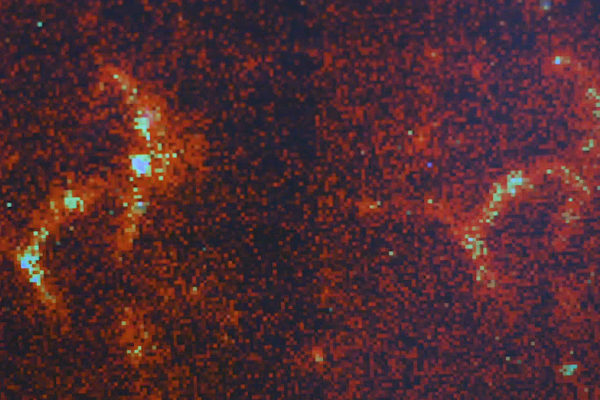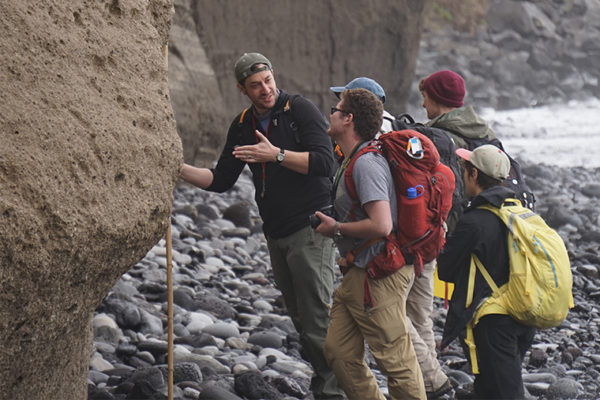Diving in to how our brains process information
Why don’t you eat your friend’s lunch when you are hungry? Cognitive control. Researchers at the School of Engineering & Applied Science and Arts & Sciences at Washington University in St. Louis are working together to better understand this aspect of cognition.
Research comes full circle at International Aerosol Conference
More than 1,500 of the world’s preeminent aerosol scientists gathered in St. Louis for the 10th International Aerosol Conference. The School of Engineering & Applied Science helped organize the meeting and presented talks on a wide range of aerosol topics: from air quality and pollution, to better drug delivery for cancer patients.
Enabling ‘internet of photonic things’ with miniature sensors
Swapping electrons for photons, researchers in the School of Engineering & Applied Science have developed wireless sensors which are not subject to electromagnetic interference and are smaller and generally more flexible than the currently electronics-based technology.
Quick learners remember more over time
Healthy adults who learn information more quickly than their peers also have better long-term retention for the material despite spending less time studying it, finds a new study from psychologists at Washington University in St. Louis finds.
Making sense, pictures of medical data
A picture may be worth a thousand words, but what if you don’t want a whole essay? A computer engineer at Washington University in St. Louis is building visualizations to clarify and condense health risk data for patients.
Noodling around
Steven Frankel, assistant professor of mathematics in Arts & Sciences, talks about why there are no obvious questions in math — and the link between the geometry of a space and how that space changes over time.
Machine learning used for helping farmers select optimal products suited for their operation
Washington University in St. Louis, in partnership with The Climate Corporation, a subsidiary of Bayer, are working to explore unique new technologies to advance the science behind hybrid selection & placement.
Changing our understanding of the carbon cycle
Processes that were thought to take tens of thousands of years can happen in hours, according to new research. And that may change our understanding of the carbon cycle, and maybe the history of Earth’s climate.
‘Blink’ and you won’t miss amyloids
Tiny protein structures called amyloids are key to understanding certain devastating age-related diseases, but they are so minuscule they can’t be seen using conventional microscopic methods. A team of engineers at Washington University in St. Louis has developed a new technique that uses temporary fluorescence, causing the amyloids to flash or “blink”, allowing researchers to better spot these problematic proteins.
Field Notes | Azores, Portugal
Students in an undergraduate class in Arts & Sciences traveled to the remote Portuguese Azores archipelago to study field geology techniques in a rugged landscape shaped by volcanoes and shifting tectonic plates.
Older Stories
